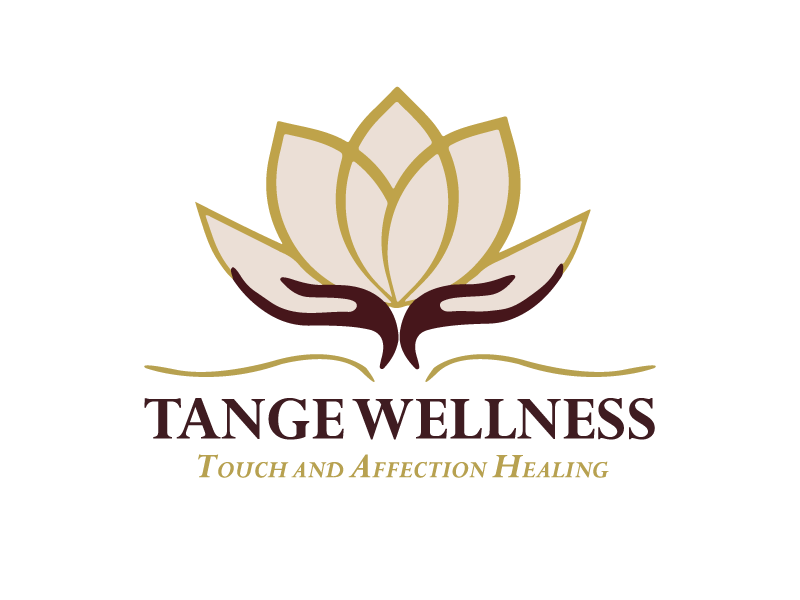Is Cuddle Therapy Too Expensive?
Cuddle therapists hear it all the time: "That’s way too expensive" or "I’d love to book a session, but I can’t afford it." And honestly? I get it. At $225 per hour, with most sessions lasting two hours, professional cuddle therapy can be cost-prohibitive for many people.
Here’s the thing, running a professional cuddle therapy practice isn’t cheap. Office space, liability insurance, continuing education, business expenses, marketing and advertising, and recurring bills all add up.
Then there’s the other challenge, the name itself.
The word cuddle carries a lot of cultural baggage. For some, it’s tied to childhood comfort. For others, it’s associated with romance or even something erotic. The name alone might be enough to make insurance companies, government agencies, and the medical community dismiss it outright because they don’t see it as a legitimate wellness service.
Maybe it’s time to rethink how we talk about it. Bidirectional therapeutic touch is one option that better describes what happens in session, that is, an intentional, structured, and trauma-informed exchange of safe, healing touch.
Whatever we call it, the issue remains: how can we make this service more accessible while still ensuring practitioners can sustain their work?
Can Cuddle Therapy Ever Be Covered by Insurance?
Imagine walking into your doctor’s office and them saying, "You’re experiencing touch deprivation caused by [ enter diagnosis here]. I’m prescribing you cuddle therapy and most insurances cover it."
Sounds too good to be true, right? Could it happen?
Here are a few possibilities for making cuddle therapy more widely accessible:
Advocacy and Representation in Government
What if cuddle therapy had state or national recognition? Having industry advocates working with lawmakers and public health officials could be the first step toward integrating professional touch into mental health and wellness programs.
Could cuddle therapy become a recognized wellness service, much like massage or acupuncture?
Could funding be directed toward touch-based interventions for those dealing with loneliness, PTSD, or trauma recovery?
Could we get grants to help subsidize the cost for those who need it most?
This kind of representation could help legitimize the industry and open up avenues for funding and insurance coverage.
Partnering with Healthcare Professionals
Doctors, therapists, and other healthcare providers already see the need for more human connection so why aren’t they referring people to cuddle therapy?
Some potential steps to change that:
Educating therapists and medical professionals on the benefits of safe, therapeutic touch.
Encouraging prescriptions for cuddle therapy as a supplemental wellness service.
Collaborating with mental health professionals to integrate bidirectional therapeutic touch into treatment plans.
If healthcare providers start actively recommending and prescribing professional cuddle therapy, insurance companies may eventually follow.
More Public Education & Awareness
Right now, cuddle therapy isn’t mainstream but imagine if it was.
People are hesitant to invest in things they don’t understand, especially when touch has been so deeply misunderstood and stigmatized in our culture.
More public outreach, educational workshops, and media coverage could help demystify professional cuddling, showing people:
What it is (and isn’t)
Why it’s valuable for mental and emotional health
How it differs from personal relationships and casual touch
If more people truly understood the benefits, demand would increase, potentially leading to more funding opportunities.
Grants & Alternative Funding Options
There are already grants available for mental health and wellness programs but professional touch therapy hasn’t been part of the conversation yet.
What if we:
Applied for mental health grants to subsidize session costs for low-income individuals?
Partnered with nonprofits focused on trauma healing and loneliness?
Created a scholarship fund for those who need cuddle therapy but can’t afford it.
These approaches could bridge the financial gap for clients while allowing practitioners to continue offering high-quality, sustainable services.
What About Sliding Scale & Group Sessions?
Some cuddle therapists are already experimenting with ways to make sessions more affordable:
Sliding Scale Pricing – Clients pay based on their income level.
Shorter Sessions – Offering 30 or 60 minute sessions at lower costs.
Group Cuddle Events – Lower-cost, community-based touch experiences.
While these aren’t perfect solutions, they do increase accessibility without compromising professional integrity.
What’s the Future of Cuddle Therapy?
If we truly want professional cuddling to grow, we need to:
Advocate for wider recognition in healthcare and government.
Educate the public on why touch is essential for well-being.
Explore alternative funding through grants, partnerships, and prescriptions.
Cuddle therapy is life-changing work, but it shouldn’t only be available to those who can afford high-priced sessions.
It’s time to start thinking bigger about how we can make professional touch therapy accessible to everyone who needs it.




